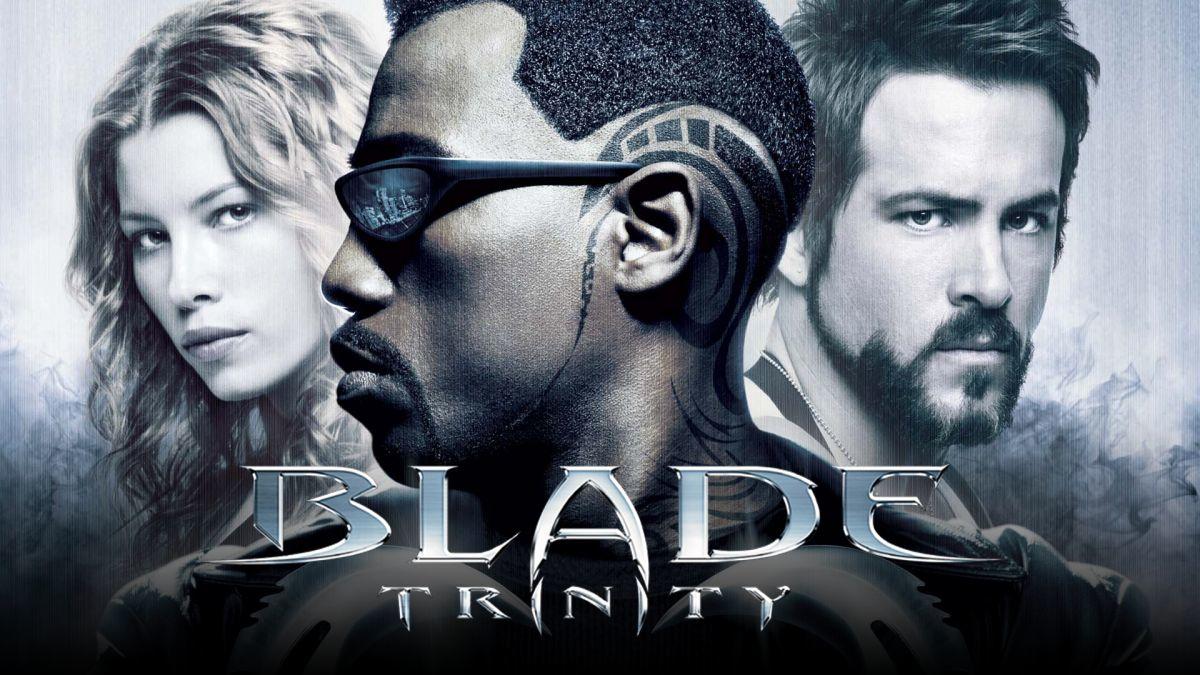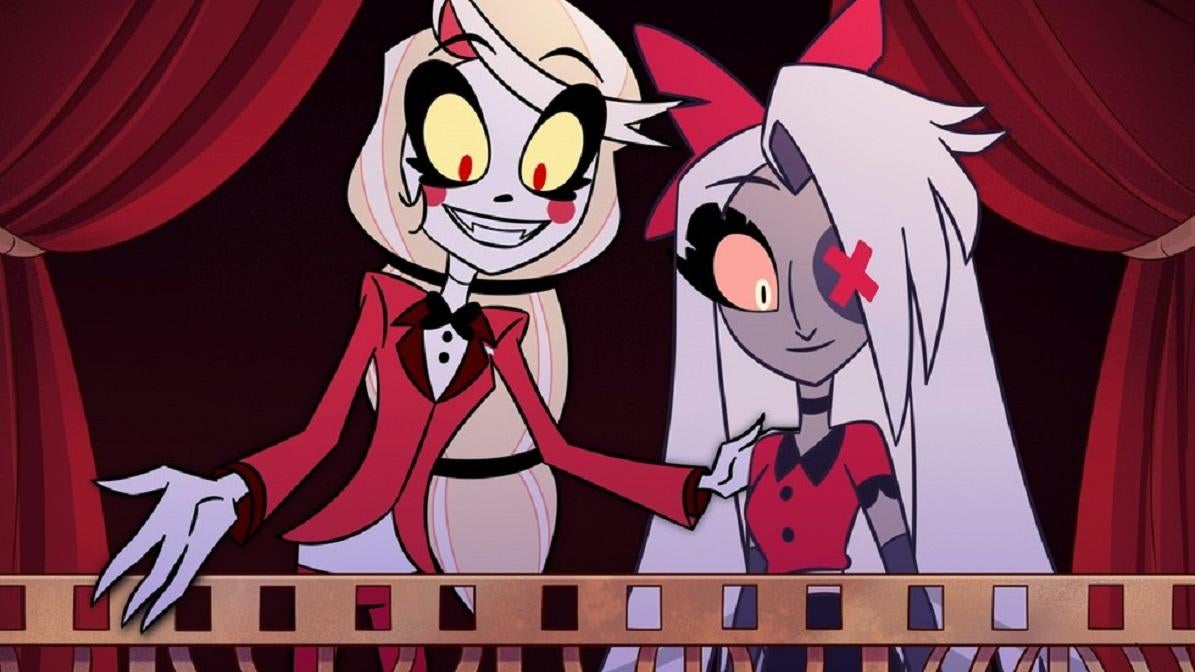Super Mario 3D All-Stars Review: A Trio That's Mostly Timeless
In 1993, Nintendo released Super Mario All-Stars on the Super Nintendo. While that kind of video [...]
In 1993, Nintendo released Super Mario All-Stars on the Super Nintendo. While that kind of video game compilation was practically unheard of at the time, the collection of Mario's earliest 2D adventures proved to be a major hit with gamers. Fast forward 27 years and Nintendo has dusted off the All-Stars branding for Super Mario 3D All-Stars, a compilation that brings together the character's first 3D outings: Super Mario 64, Super Mario Sunshine, and Super Mario Galaxy. While Super Mario 3D All-Stars doesn't offer much beyond the original games, the quality of the offerings in this collection makes it as much of a must-own as the original Super Mario All-Stars was.
Released in 1996, Super Mario 64 is the game that brought Mario's adventures into the realm of 3D. While the game was revolutionary at the time, it's the title in this collection that holds up the least. The gameplay remains as addictive today as it was 24 years ago, but the camera hasn't aged as well as the other two games in this collection. It takes a bit of coddling, and those that have never played the game before will find that it can detract from the overall experience. However, the level designs remain clever, and the graphics, which are a bit primitive by today's standards, still have a lot of charm.

Of the three games included in 3D All-Stars, Super Mario Sunshine might be the best reason to pick up the collection. While Super Mario 64 has been ported to a number of platforms over the years, Super Mario Sunshine has not been made available in any capacity since its original release in 2002. Released six years after Super Mario 64, it stands as a testament to how much 3D platformers evolved in that time. The graphics still look quite good, and the camera is a significant improvement over its predecessor. The game sees Mario and friends traveling to Isle Delfino, a tropical paradise where a Mario imposter is covering the town in graffiti. Wrongfully accused of the crime, Mario is tasked with cleaning up the mess, alongside a talking, water-squirting backpack named FLUDD. It might have the most unique storyline of any Mario game, and that sets it apart from the rest of the collection.
While Super Mario 64 remains basically unchanged, Super Mario Sunshine does have one big difference from the GameCube original. The GameCube controller had pressure-sensitive triggers that allowed players to control how much water FLUDD used; a light press would result in light water, while a full press would send water at full blast as Mario remained in place. In Super Mario 3D All-Stars, this option has been changed so that players can either shoot from a fixed angle with R, or fire on the move with ZR. It's not a massive change, but it's strange that Nintendo wouldn't offer the original controls as an option with the GameCube controller, considering that it's supported for Super Smash Bros. Ultimate. It's definitely a shame for those that still put the WaveBird to use.
The final option in the collection is Super Mario Galaxy. Released on Wii in 2007, the game sees Mario taking to the stars in an adventure where the rules of gravity differ from planet to planet. Of the three games in this collection, Super Mario Galaxy is the one that feels the most timeless. It's been nearly 13 years, but the game seems like it hasn't aged a day. The graphics are crisp and look particularly stunning in handheld mode. The game is the first in the Mario series to feature the use of a full orchestra, and the resulting music is nothing short of amazing. Every game in this collection offers a great soundtrack, but Super Mario Galaxy is on an entirely different level.
As Super Mario Galaxy premiered on Wii, the game featured some motion controls. When playing the game docked, using the Joy-Cons separated is the ideal control method, as it works almost exactly the way the Wii Remotes did. The Pro Controller can still be used, but trying to control the pointer with it can be a bit clumsy. When playing in handheld mode, the motion controls have been dumped in favor of the Switch's touchscreen, with Mario's spin attack now assigned to the Y button. The change works perfectly, and using the touchscreen for actions like collecting Star Bits might even be preferable to the old method. The game's menus on Wii required motion-controlled pointing, and those controls have similarly been assigned to touchscreen presses. This is a little awkward, particularly after jumping from a play session of Super Mario 64 or Sunshine. It's a minor quibble, but it's a shame that the menu controls weren't changed to button presses.

As far as extras are concerned, there aren't many to speak of. The collection does offer all three soundtracks on the menu, and players can select individual tracks, or listen all the way through. The game also makes use of a feature that was included in Super Smash Bros. Ultimate where the player can put the Switch in Sleep Mode while listening to the soundtrack. This way, the system can essentially work as a portable music player. Considering the quality of all three soundtracks, it's a great inclusion. Super Smash Bros. Ultimate did, however, give players the ability to create playlists, and that option is unfortunately missing in this release. Hopefully, an update adds that option, because it feels like a real missed opportunity.
Speaking of exclusions, some have lamented the fact that Super Mario Galaxy 2 is not included in this release. It's an understandable complaint, but it doesn't feel like the game needed to be included, either. Through the three games included in the release, players can get a real feel for the evolution of the Mario 3D series. While Super Mario Galaxy 2 is an excellent game, it mostly features more of the same, and adding it to the package would have disrupted the flow between the three games that were included. Unlike the original Super Mario Galaxy or Super Mario Sunshine, Galaxy 2 also saw a re-release on Wii U's Virtual Console, so the game has been available more recently.
A lot of folks will likely gripe about the lack of new content in Super Mario 3D All-Stars or about the inclusions that they might have wanted to see in the compilation. At the end of the day, however, the games here are so good, and the amount of content in this package is so high, it's hard to really hold the decision not to include even more against it. Everything runs smoothly, the necessary control changes work well, and having these titles available in a portable format is delightful. For those that have never played these games, or longtime fans looking to revisit some old favorites, Super Mario 3D All-Stars offers three of the best games of all time. After all these years, Super Mario 64, Super Mario Sunshine, and Super Mario Galaxy remain as captivating as ever.
Rating: 5 out of 5
Super Mario 3D All-Stars will release on Nintendo Switch on September 18th. A retail code was provided by the publisher for the purpose of this review, and it was reviewed on a base model Nintendo Switch.




